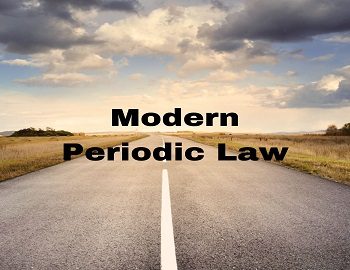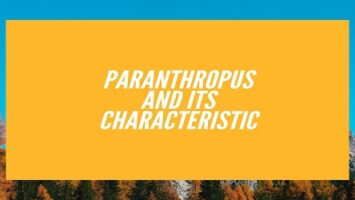Pre-mendelian Theories of Heredity:
Heredity may be defined as the transference of characters, resemblances as well as variations from one generation to the subsequent generations. Every living organism produces offspring like its own (like begets like). The cat always produces the cat offspring but this offspring does not completely resemble to its parents. Variations are observed in sexually reproducing organisms and not in asexually produced clones. Thus, every living organism transmits its characters to the offsprings for maintaining the continuity of life.
Many theories were put forward before Mendel to explain in what physical form the traits passed from the parents to the offspring. These theories assumed that the characters of the parents mixed (blended) during transmission to the offspring. Therefore, they are called theories of blending inheritance.
- Moist Vapour Theory- This theory was proposed by Pythagoras in which he believed that every part of the organism emits some kind of moist vapour. The vapours from all parts get aggregated to form different organs of the offspring.
- Fluid Theory- Empedocles proposed that each body part produces a fluid. The fluid of different body parts of the two parents mixes up and is used in the formation of an embryo. Any defect in the descent and mixing up of the fluids results in missing of characters of one parent or both the parents.
- Reproductive Blood Theory- Aristotle thought that an embryo is produced due to the mixing of reproductive blood of the two parents. It is pure in the case of male and impure in the case of female. As a result, the male contributes more characteristics.
- Preformation Theory- Malpighi and a number of workers of his time believed that a miniature individual of extremely small size is present in sperm or egg. It was named homunculus. Homunculus can be male or female. Homunculus unfolds and grows into a new individual after it receives nourishment in the womb of a female.
- Particulate Theory- Maupertius proposed that each animal produced minute particles for reproduction, and a new individual is formed by the union of the particles of the two parents.
- Theory of Acquired Characters- Lamarck proposed that a new character once acquired by an individual shall pass on to its progeny. Lamarck taking the example of the long neck of a giraffe. This theory was very popular with the name Lamarckism but failed to give a physical basis of the theory.
- Theory of Pangenesis- Darwin proposed that different parts of the body generate some minute particles called the gemmules or pangene. These are carried by the blood to the reproductive organ and are deposited in the sex cells, which again carry them to the next generation. The gemmules reproduce the same kind of organ, cell, tissue, etc. in the next generation after fertilization.
- Theory of Germplasm- Weismann proposed that the body of the organism consists of germplasm and somatoplasm. The germplasm has relevance to reproduction only. Any change in germplasm will certainly affect the characters in offsprings.









Comments (No)